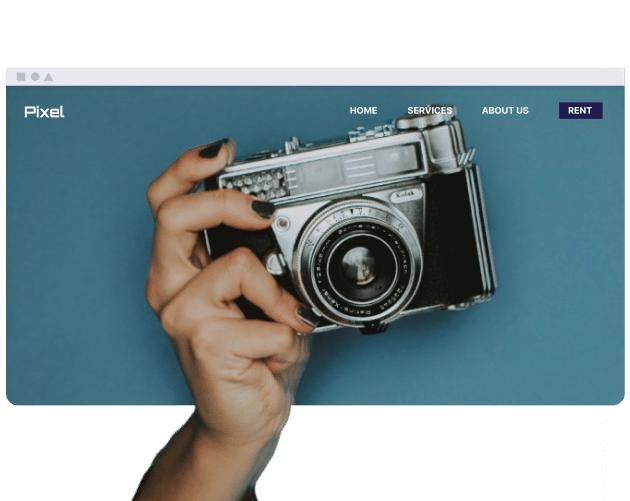What are the benefits of using an SPA?
SPAs are distinguished by their:
- Fast and responsive: The necessary code is fetched during the first page load, which may impact the loading time but should enable quicker subsequent interactions.
- Fluid user experience: The page undergoes constant updates due to regular background refresh.
- Bandwidth efficiency: Data transmission focuses on updated information, reducing redundant transfers.
Example:
- Gmail is considered an SPA, which means that when you go through your inbox or compose an email, the page does not reload repetitively. This feature has the potential to influence the user experience by affecting the efficiency of email management.
Are there any drawbacks to using SPAs?
It’s worth noting some potential disadvantages of SPAs, despite its many advantages:
- Organic reach: While SPAs offer a dynamic user experience, the way search engines process their content can affect organic reach and visibility.
- Initial load time: SPAs have a different loading process than traditional multi-page applications. They pre-load all resources before displaying content, which can initially take longer but can lead to faster subsequent page interactions.
How can you mitigate the SEO challenges with SPAs?
Overcome SEO challenges with the following techniques:
- Server-side rendering (SSR): This technique enhances the initial page rendering by executing it on the server level. This factor might contribute to enhanced comprehension of the content by search engines.
- Pre-rendering: This approach involves constructing static HTML snapshots of your SPA, enabling the search engine crawlers to index them easily.
How are SPAs different from traditional web applications?
Traditional web apps require a full-page reload for every user interaction, resulting in a slower response compared to SPAs, which only refresh necessary elements within the page.
When should you consider using an SPA?
Opt for SPAs in the following scenarios:
- When user experience is of the utmost importance.
- If a highly interactive and dynamic user interface is required.
- When your development team is capable of building and maintaining an SPA.
What are some popular frameworks for building SPAs?
SPAs can be built with the following popular options:
- React: An open-source JavaScript framework created and utilized by developers due to its component architecture and adaptive design.
- Angular: A comprehensive framework by Google for building dynamic web applications with a high degree of complexity and scalability.
- Vue.js: A framework that is known to be effortless to master while also being flexible and fast.
Can you give some examples of popular SPAs?
The SPA method is utilized by many popular websites and applications, such as:
- Hocoos AI Website Builder: Make immediate adjustments to the website design during construction, avoiding page refresh.
- Google Maps: Despite the complexity and heaviness of the content, users can scroll through maps and navigate without needing to constantly refresh the page.
- Instagram: Allows users to scroll through feeds, explore content, and interact with posts without the need to refresh the page.
Conclusion
Single-page applications represent a framework that is frequently used to build interactive and user-centered web experiences. Understanding the tradeoffs involved in using SPAs, including their benefits like enhanced user experience and speed and drawbacks like SEO considerations, can help in deciding whether to use them while creating web applications that users enjoy. Pick the right framework needed for your project and remember to balance performance with SEO for best results using modern web development practices.

